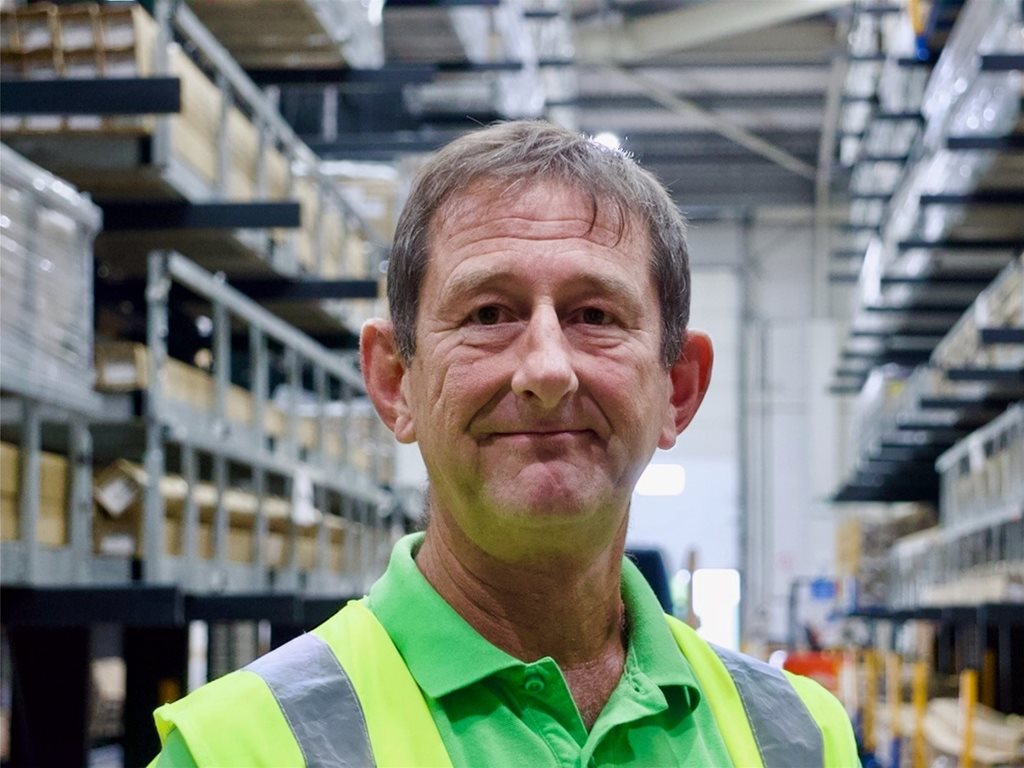 Add My Company
Add My Company
Three Reasons to Prepare Now for the Future
29-04-2024

Standing on the threshold of a low-carbon future, now is the time to look seriously at volume triple glazing production, says Thermoseal Group’s Sales Director Mark Hickox.
We demand ever increasing levels of energy efficiency performance from our windows and doors, and those demands are becoming greater, and time scales shorter, especially as we prepare for a low carbon future.
Right now, for example, the Building Regulations stipulate that windows and doors (with a >60% glazing area) going into newbuild properties need to achieve U-values of 1.2W/m2K, as do extensions being built on existing properties. For replacement windows, this is 1.4W/m2K.
These U-values have been dropping steadily for the last 20 years, but we expect the next tightening of the Building Regulations that come into force in 2025 to be much more dramatic.
The Future Homes Standard should ensure that all new homes built from 2025 will produce 75%-80% less carbon emissions than homes delivered under current regulations. As a result, windows going into newbuild homes should need to achieve U-values of 0.8W/m2K or lower.
This isn’t set in stone, and it won’t apply to replacement windows (yet), but we should expect greater performance levels of our building products in the years to come – of that we can be almost certain.
Significantly, for our industry, we are pushing the design limits of what can be achieved with double glazed units, and we need to start looking proactively at triple glazing.
Investing in the future
We are already undergoing a period of investment, which will allow us to manufacture and distribute different spacer widths in greater quantities, alongside other components such as corner keys and desiccant, to build TGUs of different sizes.
Our most popular width of Thermobar is 20mm for a standard double glazed unit. We are installing new lines and storage facilities to manufacture and distribute larger quantities of Thermobar in 12mm, 14mm and 16mm widths in preparation for the increase in demand for triple glazing. Thermobar is already the glazing industry’s most popular warm edge spacer bar, which is unlikely to change because it is Passive House-approved thanks to it ultra-low thermal values.
We’ve also invested in our Thermoflex flexible spacer bar line, buying in a third twin-strand extruder, which can produce all thicknesses including 4.8mm, 6.3mm and 7.3mm, and air spaces up to 28mm in twin strand. And because it is quicker than our existing equipment, it can produce more than double the quantity of product per shift on certain product types.
And we mustn’t forget the other products required for the manufacture of sealed units, including corner keys, desiccant, primary and secondary sealant, and cloth tape. All components are tested at our laboratory before distribution, guaranteeing that they all work together effectively for a long-lasting sealed unit.
We are actively talking to our customers about making the necessary changes to their operations, because ordering new equipment and adapting existing procedures takes time, and it’s not the sort of thing you want to leave until the last minute.
But the key thing is that energy efficiency is not an optional extra. It is not something that is at the bottom of the list of priorities. Without low thermal conductivity designed-in from the earliest stages of product development and manufacture, new building components will not have a future.
Energy efficiency is part of Thermoseal Group’s DNA, and thanks to ongoing investment in green energy, recycling facilities, and sustainable manufacture and distribution, we are fully prepared for a low-carbon future. Let us help you get there too.
For more information, please visit www.thermosealgroup.com, or call 0121 331 3955.
For more information on Three Reasons to Prepare Now for the Future talk to Thermoseal Group Ltd

